Media | Articles
What’s the most loved/hated carburetor induction system?
While I have concerns that I may draw your ire by sucking you into another question for our According to You series, such is my job. I rarely choke when it comes time to go full throttle for the Hagerty Community, so let me ask this question and offer some suggestions to spur discussion in the comments:
What’s the most loved (or hated?) carburetor induction system?
I hope the slideshow above provides some inspiration. But if you need to hear a new set of suggestions, ones that are rarely given the oxygen of publicity?
Get jetted up for these two or perhaps adjust your idle speed, because these embody the love and hate that only a lover of Lincoln and Mercury vehicles could embrace.
The one I love: Super Marauder

How can you not love the first engine to make 400 horsepower? On the 1958 Super Marauder engine, the triple carburetor setup was hidden under a finned aluminum cover, boldly proclaiming the mill’s advertised output in the process. Beyond cool. 430 cubic inches making that much horsepower likely broke a few hearts at your local stop-light grand prix in the late 1950s. What a shame this particular configuration was only available for one year!
Marketplace
Buy and sell classics with confidence
But I am here to break the Super Marauder’s heart once again, as this Lincoln-Mercury fanboi grew up in a different era and saw other forms of induction as a budding automotive enthusiast.
My secret crush: EEC I + Variable Venturi Carburation
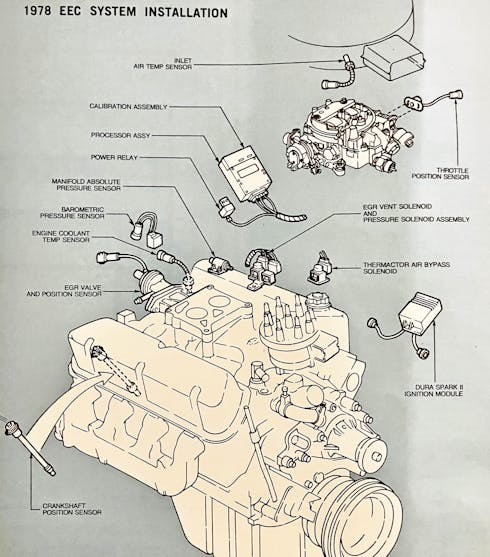
Sometimes it is not easy being Gen X; I grew up with slow cars that got faster as the Malaise Era turned into the modern era. There were a few systems that started that path to 717-hp Hellcats, 650-hp Camaro ZL1s, and 700-hp F-150 Raptor R trucks. Chrysler had Lean Burn, General Motors had E4M Quadrajets with Computer Command Control (CCC), and Ford had Variable Venturi carburetors with Electronic Engine Control (EEC).
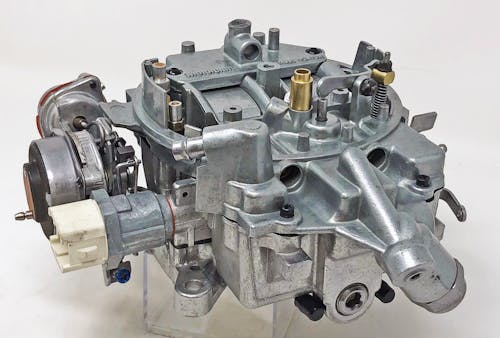
No matter the automaker, these systems all lived short yet inspirational lives for future vehicles with fuel injection. But only Ford kept the naming convention: through the first EEC-I carburetor in the mid-1970s to today’s EEC-VII for modern vehicle needs and concerns. I love and hate the history of EEC: I love to enjoy it from a historical perspective, but hate to fix it when the technology fails over time and/or usage.
Then again, that notion got spun on its head when I learned that the failed idle circuit on my fuel-injected, EEC-III-powered, 1983 Lincoln Continental was easily, quickly, and affordably addressed with parts from EEC-I and its Variable Venturi–carbureted forefathers.
I mean, you coulda knocked me over with a feather. One new vacuum diaphragm (I got two because they were $5 each!) in the EEC-III induction system and the Continental ran like new again! Like new, but not like a new car, of course: The EEC-III setup is slow, clumsy, and nothing more than a fun throwback to the bad old days of my childhood.
But I’ve gone way off-topic, possibly with little benefit to the Hagerty Community. So again, I implore you: What’s the most loved (or hated?) carburetor induction system?
***
Check out the Hagerty Media homepage so you don’t miss a single story, or better yet, bookmark it. To get our best stories delivered right to your inbox, subscribe to our newsletters.
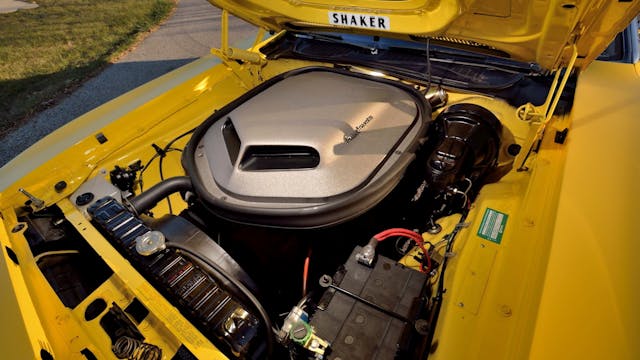
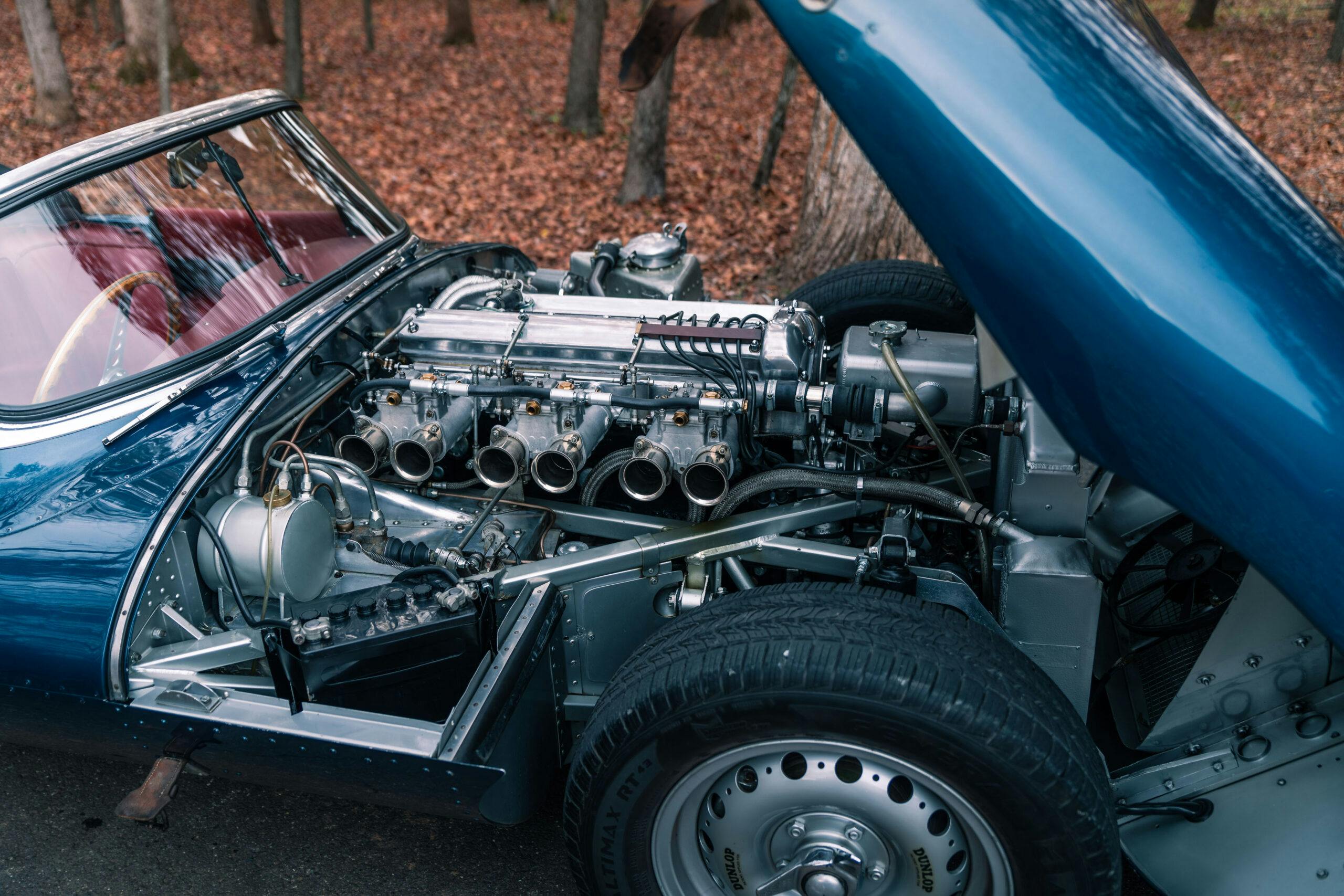
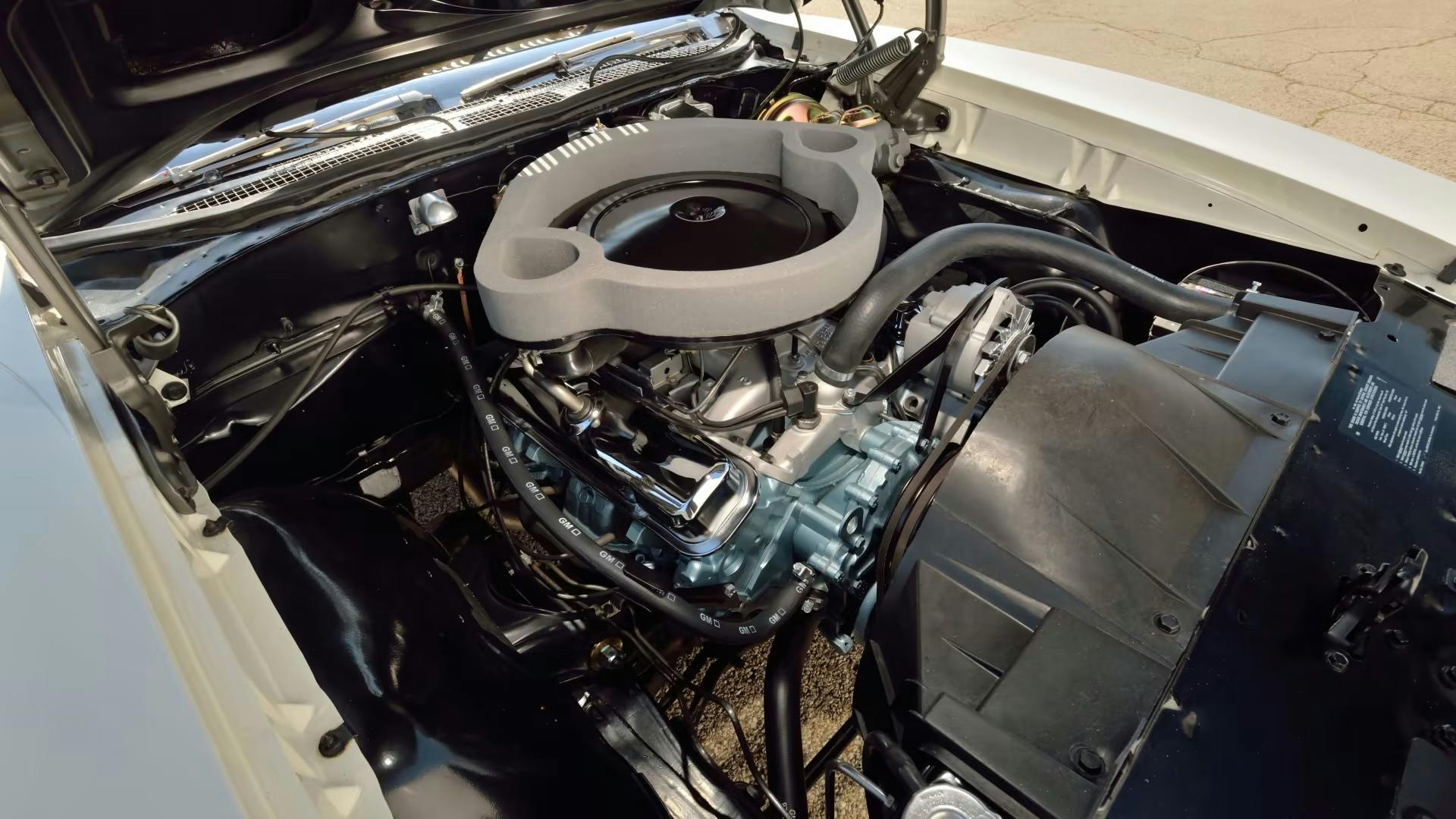
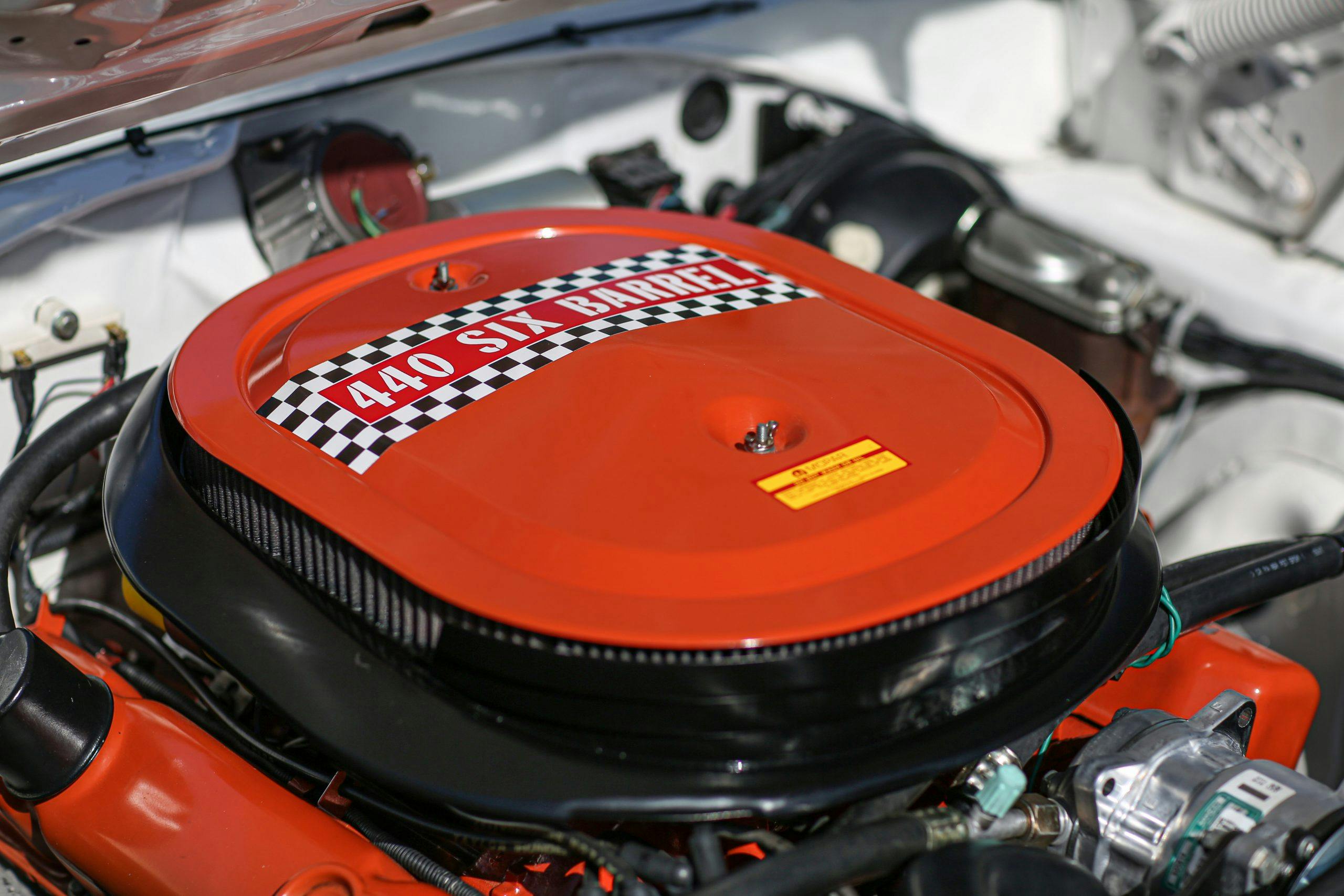
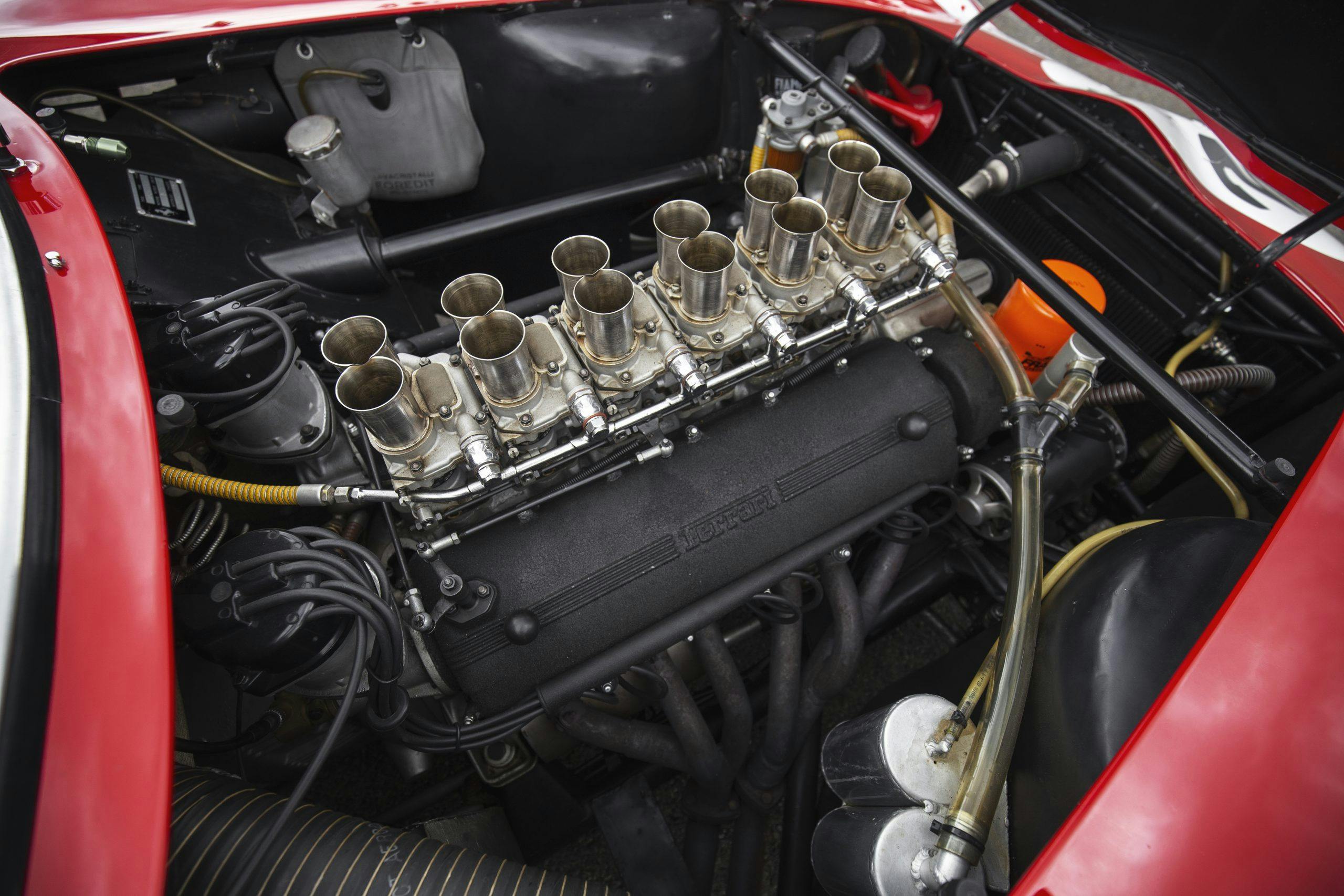
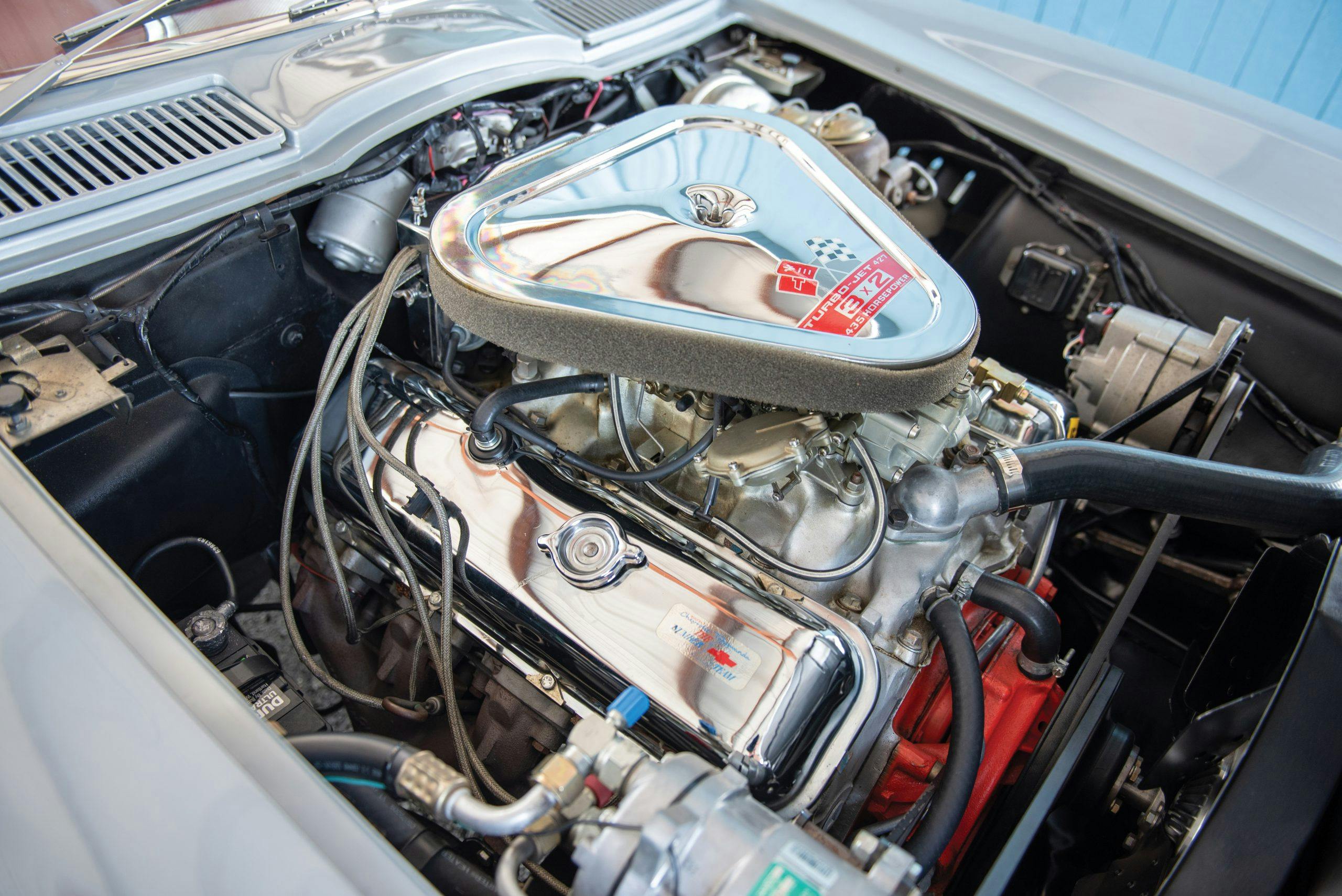

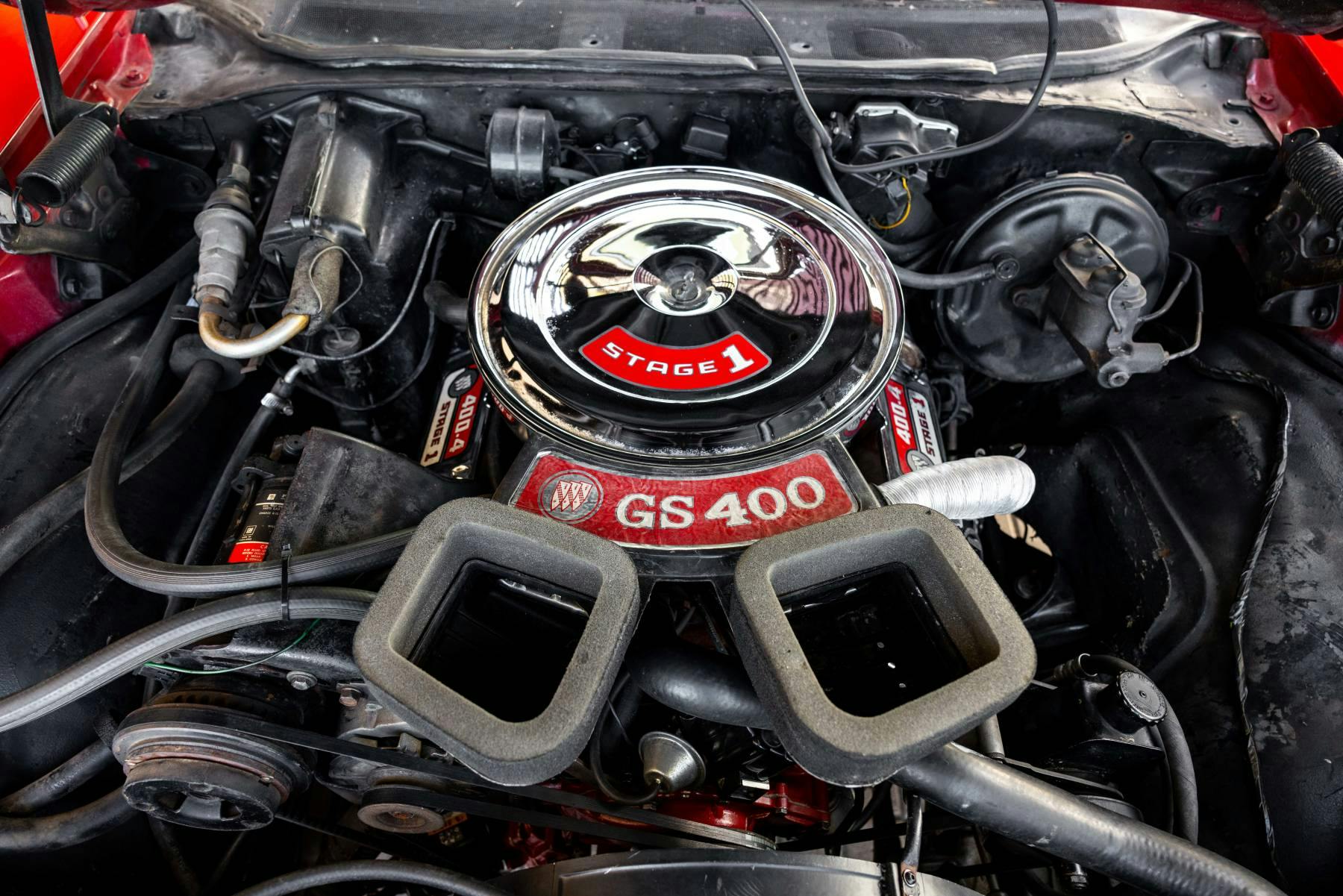
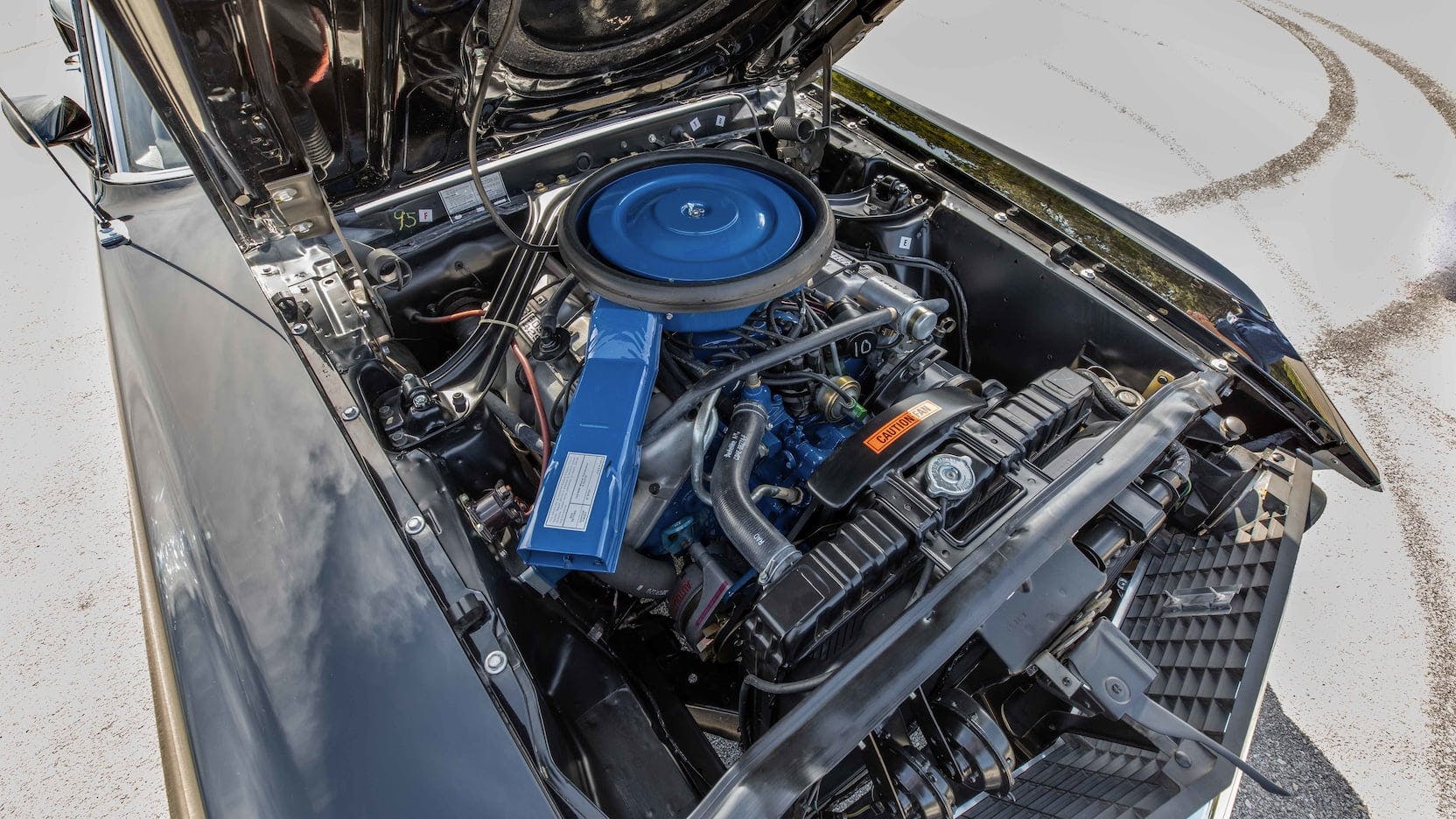
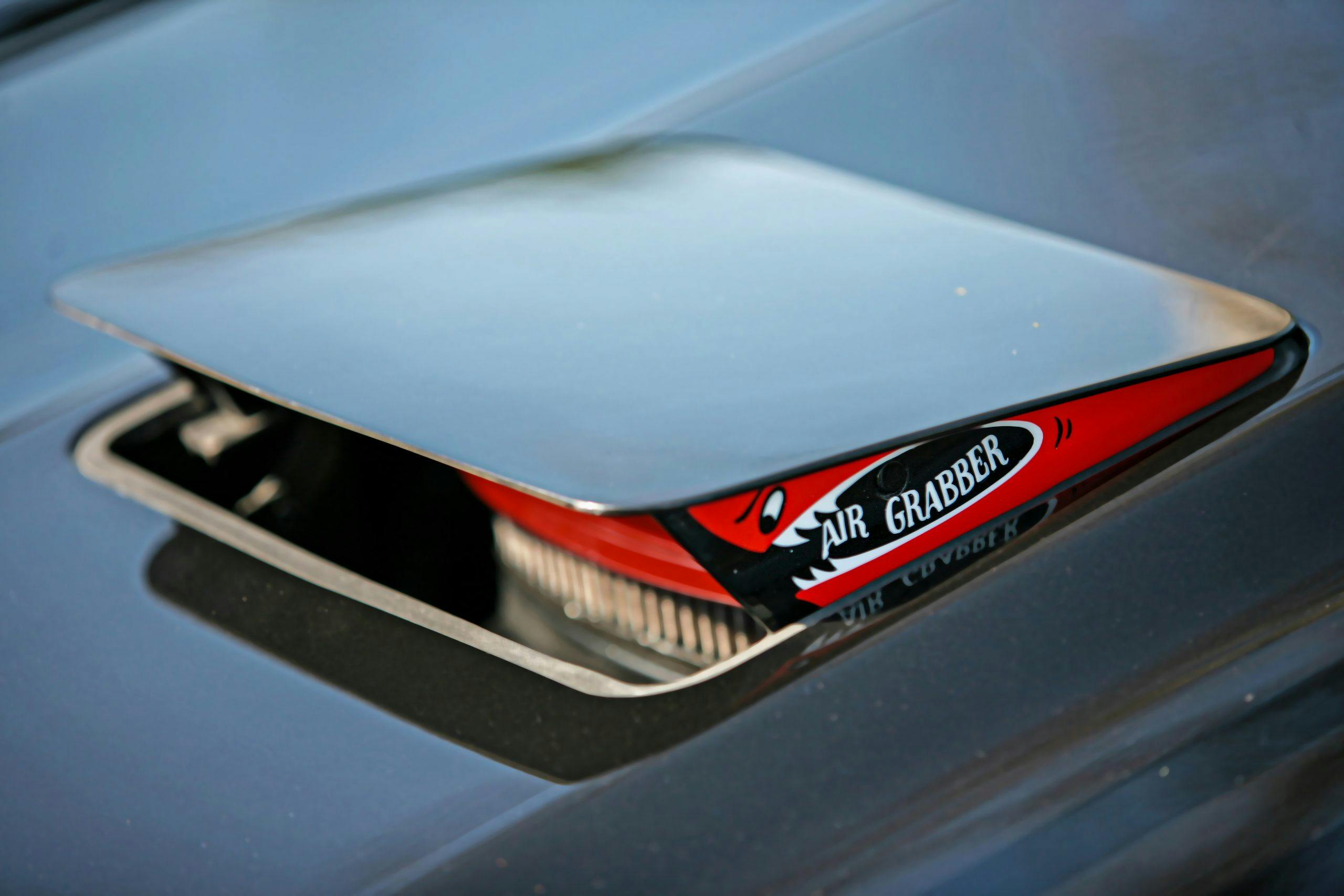
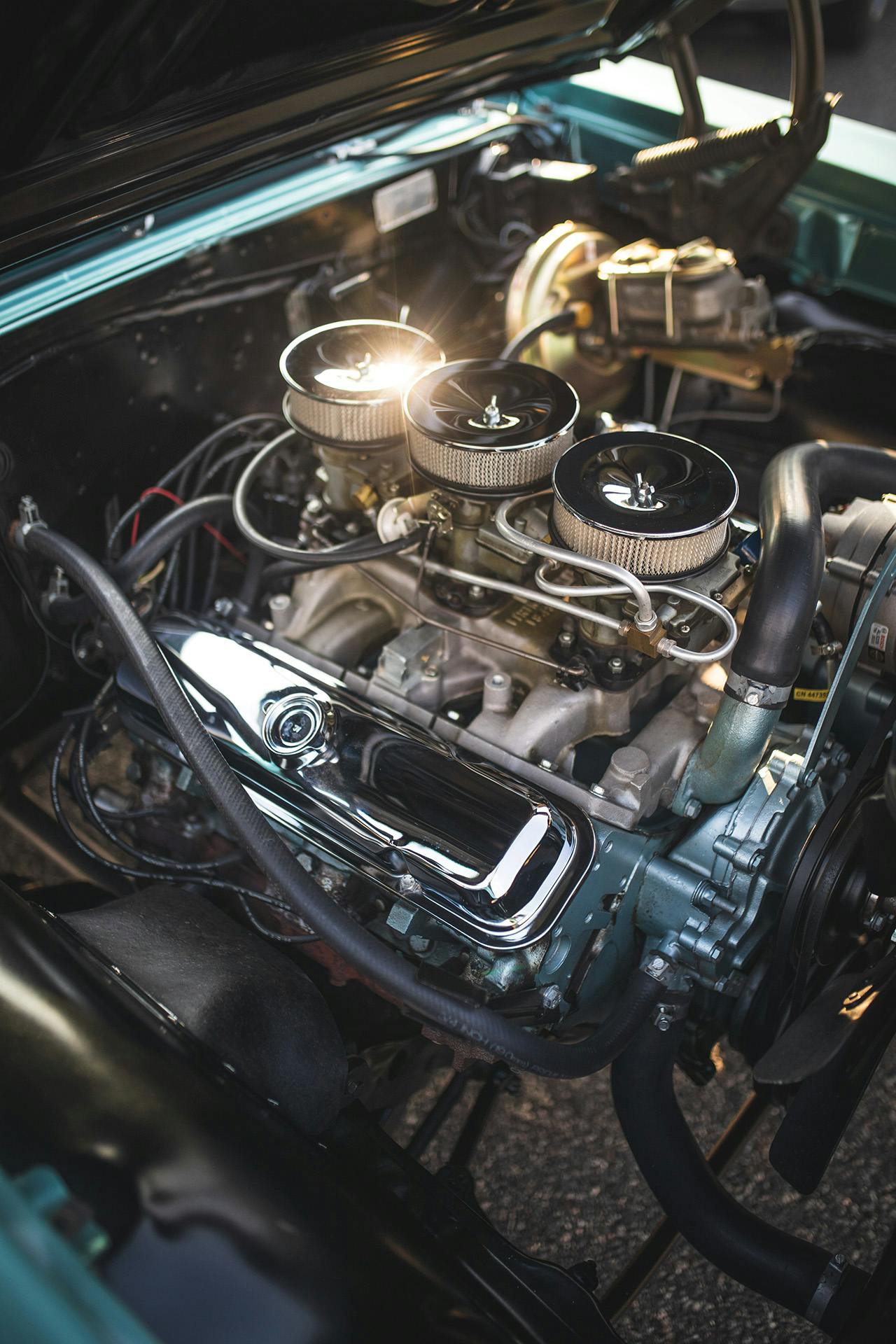






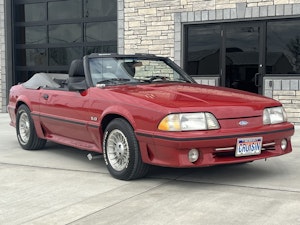

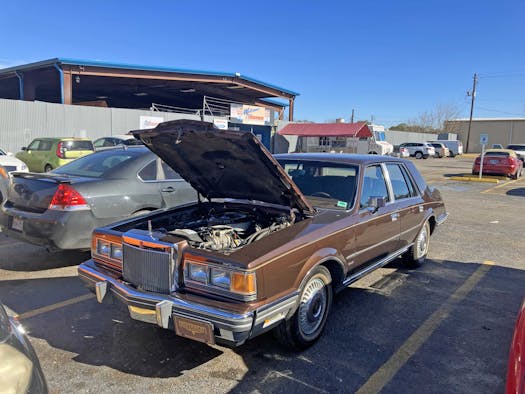
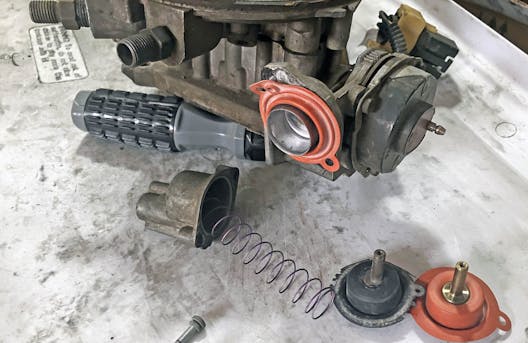

















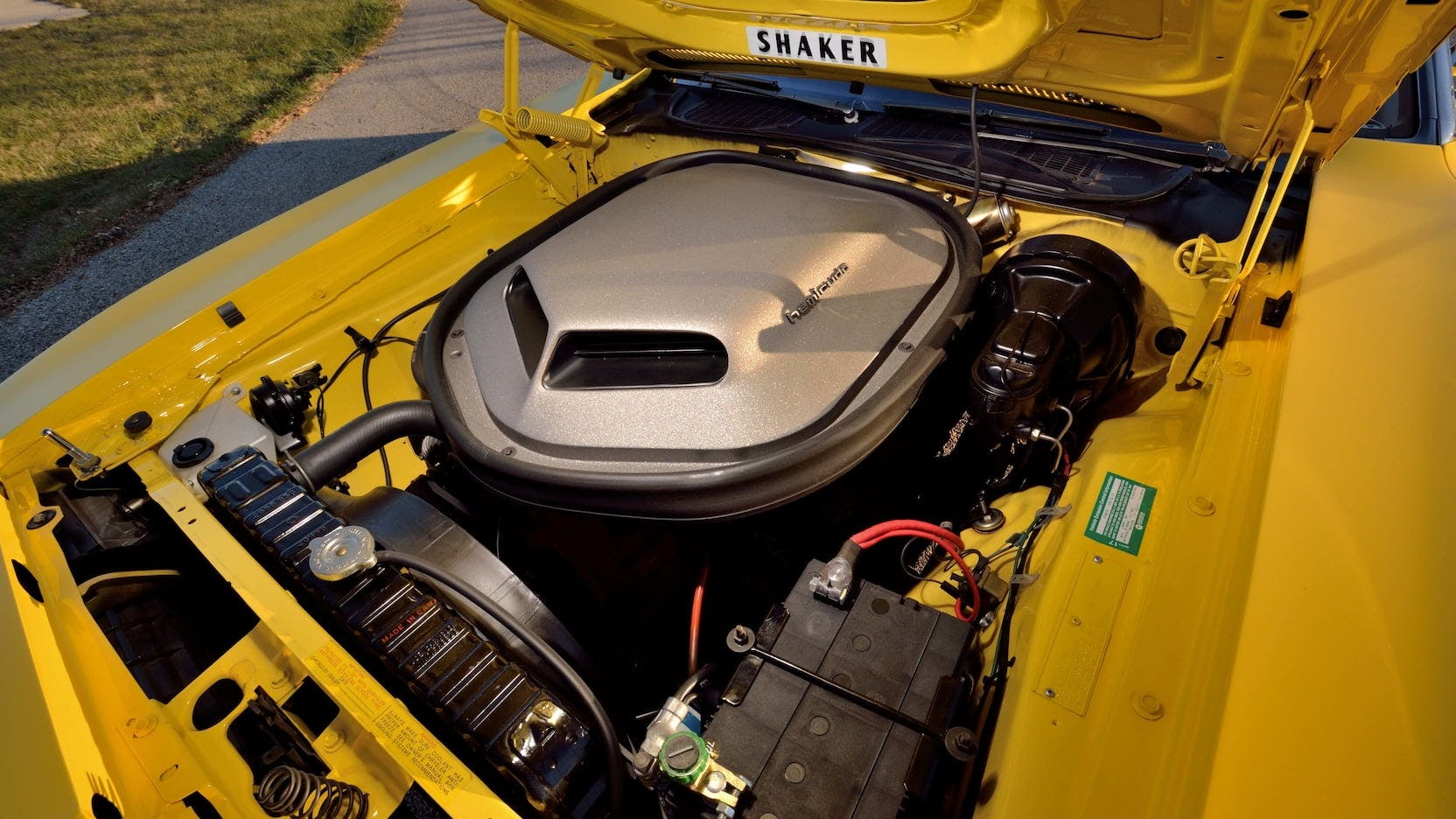
I too, grew up in the late 70s early 80s and saw firsthand the pathetic output of Detroit V8s (from all the manufacturers). When I was 16 I got a used 1981 Camaro. 1981 happened to be the worst of the terrible years for GM products. It was the first year of the computer controlled carburetor and 1981 was also in the displacement downsizing era – my 3600 lb Camaro had the 267 ci small block v8. Not to let Sanjeev off the hook – If I remember correctly Ford downsized the 302 to 262 c.i. or so.
A fair point, and I thank you for bringing up the 255cid 4.2 SBF…but thankfully it only replaced the 5.0 for two years (1980-81) and was phased out entirely in 1983 for the Essex V6.
We had one that was both most loved and most hated at the same time. Back in the mid-’60s, when a couple of friends and I were pretty seriously getting into stoplight drag racing, my buddy got hold of a ’55 Nomad that purportedly had a “built 265” (whatever that meant: we were way-too-young and none-to-smart) with a cross-ram and two Rochester Quadra-Jets. Looking back, it was a totally weird combination, but at the time, it was just impressive when we opened the hood. We weren’t able to identify whether it was a 265 or a 283 (online numbers researching was years away, and honestly, who cared when telling someone whose doors we’d just blown off it was “just a 265” was priceless?), but that SBC had some sort of hurky cam, and for the most part, all that carburation wasn’t too much for it. But it was heck to both tune and keep that way. We’d get it to go great guns at WOT, but it wouldn’t idle. Then we’d get it to idle, and it’d stumble about halfway through the powerband. But when it all clicked, it was really a terror for a heavy car with not much engine – just one of those freakishly quick cars that sometimes happened.
I suppose there were dynos around our town in those days, but we didn’t even know that they were, nor could we have afforded a session if we had known. So, all things were just a mystery to us, but we were just having too much fun to really care. The three of us eventually went on to become more serious drag racers, and built our own engines, carefully selecting carburetion using acquired knowledge through experience (and some copying). We never knew why that combo worked (when it did), but boy, after all the blood, sweat and tears we put in trying to keep it running, it was such a hoot when it clicked.
I am such a Malaise Era nerd that I completely forgot about the crossram manifold for these SBCs…but I totally remember the same basic design underpinned GM’s Cross Fire Injection in 1982-1984. Sheesh!
High school ’74-’78. Indianapolis, where fast cars were oxygen to young people. A good friend who’s Mom got rich through divorce(s) and Amway got an ex drag ’64 Chevelle ‘bu with mini tubs, a real rock crusher w/Mr. Gasket VertiGate, 4.88 spool axle with the suspension trimmings (years later this would be called a “back halfed” car), and a blown up 327. Which was equipped with a gear drive solid cam and a tunnel ram/2×600?650? manual secondary double pumper carbs. Mommy’s checkbook and our semester’s worth of labor put a 4bolt 350 short block with all new bearings together with the ridiculously overdone 327 parts. We put in a second bucket and outer/inner shift boots for interior amenities as well, never got around to finding a hood. Mind, this was a 16yr olds daily. When right, the tunnel ram loved the Muncie & steep gears, and on G50-15s/Cragar SS rears would leave as if launched from a cannon. When often not right, it was a nightmare to diagnose and tune. HS kids will tolerate a lot to be cool. We learned early that, as the engine never seemed to run out of breath, to always have extra pushrods and a pane of glass for the constant lash adjusting; slightly bent pushrods were always an issue. But having the only car in school that had no hood cuz the engine was too much to cover- I have Polaroids of snow on the lil air filters on top of the gold Moroso velocity stacks- that’s worth the effort. Knowing what I know now, we wasted a lot of time&money by throwing parts at problems, but kids. Dude used to borrow my ’67 Impala SS to date, as no young lady would ride in the ‘bu, even the hotrod chicks didn’t want to risk greasy handprint stains. Any tunnel ram looks all the business, but needs constant fiddling with carbs; I suggest leave them on jetboats that run WFO always. But they do look cool.
Technically, the quadrajet is a variable venturi carburetor. On that note… I’m sure the quadrajet will come up in this discussion as the worst junkiest carburetor out there. It has been my general experience however that 99.2% of the people who make that statement have no idea how to work on a carburetor, took one off of a junkyard motor, slapped it on theirs… and expected it to just work
You are so right. It takes finesse and skill to make a carb do the right thing. But when it’s right…. it’s RIGHT!!! I remember tinkering with them growing up in the 70s… friends tried… but I seemed to have “an ear” for “right.” Nothing like proving it on Woodward on Friday night………. I didn’t have anything special or fast…. but my rich friends did and I loved the free rein to work on them using their money………
The Rochester Quadrajet is not a variable venturi carburetor. Nothing in the primary side of the carb (beyond the choke plate) moves, so the venturi diameters are fixed. Perhaps you are confused by the movable secondary air butterfly which regulates the amount of air and fuel that is admitted at WOT. And even that operation doesn’t change the amount of taper in the throttle body, hence not variable venturi.
The problem with the quadrajunk was the metering rod’s. If a heavy handed didn’t carefully assemble the carb the metering rod’s would get bent. I learned that the
hard way.
QJet is a wonderful carb when matched with the motor/trans/hearing and tuned properly. And with the air cleaner lid flipped, makes the most awesome intake “AH-OOOOO” noise. My highschool ’67 Impala SS 396/350 had a Quadrabog. Didn’t, cuz my uncle knew carbs, no bog, just ah-oooo.
“gearing” God I HATE autoincorrect.
My favorite form of induction is multiple side draft carburetors (or ITBs in my personal case) with no air box and exposed velocity stacks. Weber, Dell’Orto, Solex, Mikuni. Whatever. Look amazing and sound even better. Least favorite: any of that malaise-era equipment. Lean-burn? Shudder. All were necessary steps to get us to the modern era, but if you have to make make that stuff work to register your car (say, in California) it’s a real hassle.
Side note: a good friend’s grandfather patented the variable venturi carburetor in the 1950s and tried to get auto makers (including Ford) interested in it. He had no success. He eventually allowed the patent to expire. He was really angry when he saw that Ford was essentially using his technology years later while giving him no credit.
Agree completely on side drafts in general. I’ve had Webers on a couple cars and loved them (have also had more than a couple dual SU setups, but let’s not dwell on those too long, Ha-ha).
A roommate in the ’80s had a Sunbeam Tiger with a built 302 and 4x downdraft 2v Webers on a Cobra manifold. Stacks and screens, no filters. The intake noise raised hair on one’s neck.
Are you referring to Kendig (Kendigurator?)
I like the edlebrock we put on the family ’67 Firebird. I haven’t had to touch the thing in years. Has never been hard to start. Never has idle issues. Automatic choke works in the cold. No vapor lock when it’s hot and sitting at a light.
I installed the thing 8 years ago and it’s just been stone dead reliable. I checked the plugs a few months ago and they were all clean.
326 Pontiac Firebird
I am partial to the Holley Double Pumper, mainly because I have had two old Nova’s with this carb and have learned how to tune them. Our current ’63 Nova SS has a 350, solid flat tappet cam, Holley cylinder heads, Edelbrock Performer RPM intake and M20 Muncie 4 speed and 750 DP. Runs like a champ, makes good power and gets reasonable fuel economy. I know darn well though that swapping the intake and carb to a quadrajet would net me better fuel economy and likely better throttle response. As others have said, the quadrajet is a great carb if tuned properly.
For sheer WOW factor, I don’t think anything touches the 413 long tube cross ram set up.
Yep, Quadrajets were terrible but Holley came up with an easy fix called a “Spread-Bore” that bolted directly on to the GM manifold. My ‘68 Corvette 327/350 ran beautiful after the switch. Amazing how time turns junk into gold. Many years later someone paid $50 for the old Quadrajet at a garage sale.
Have always had good luck with Holley carbs. Running a modified 390 on a blown Chevy 3.2L 60 degree v6 in a 1800# hot rod right now and it runs great!
I’m pretty sure this won’t count, but I had a ’69 Opel GT purchased from a friend. It had been upgraded from the factory carb to a pair of Weber 45DCOE side draft carbs. Really gave that car a boost in power. The car had a lot of body mods as well–targa roof, extended rear end, wide body fender flares integrated, etc. My only regret is that I was older and had more funds to sort it all out. The interior needed an overhaul and it needed some other work as well. I had a dream of making it look like a Dino.
I have 2 Pontiacs with original equipment Q jets. The 69 GTO RA III carb has not been off the motor since I bought the car in 1996! The 68 Firebird 350HO carb has not been off the motor since at least 2002 when my brother bought it from the original owner; I have owned it for 5 years. I also ran Q jets on my 455 Olds powered jet boats for many years. Correct calibration is challenging if adapting a non-original carb. The malaise era- I bought a 75 Camaro LT in 1980- could not get the jets and rods to calibrate the Qjet so I mounted an 1850 Holley, recurved the HEI ignition and it ran great with improved gas milage as well. The Holley needed tuning- smaller primary jets(1850s have a metering plate for the secondaries) and a heavier vacuum spring to keep the secondaries closed longer for improved WOT low end power. My third choice is the Carter AFB, now sold new as Edelbrock. These are cookbook calibrated from EB and work very well.
Hello Daniel..I have 3 Oldsmobiles…a 65 442 convertible 400 Holly Dbl pumper.(50 cc secondary pump) a ~ 1970 442 Hardtop coupe. Street tires 1/4 mile 13.36 at 109…and my 30 year pet project, (as yours may have been) A 1973 Marlin Gemini Jet Boat. 455 Olds with another Double Pumper Holly 12 JC Berkley Jet. Doing the motor on her right now! 14’6″ 4 seater, 5 cramped, but What a sound out of the Glenwood aluminum Exhaust manifolds Thru the Hull….I’m 68 and it still gives me the thrill of the first time I saw it coming down the Lake in Maine. Bought it the same day back in 1987. A Viking Funeral for me & That Boat!!
A gorgeous boat, David! Thanks for avoiding the “look at me Mommy” over transom noisemakers. Keep well!
How about replacing my “Most Hated” fuel system with what quickly became my “Most Loved” fuel system?
I bought a Platinum Metallic 1980 Scirocco in 1981. Dude had put 50k miles on it in that one year by doing a long interstate commute in it every day. If not, I would have never been able to afford it. Shortly after buying the car, I followed two friends to an SCCA autocross event about fifty miles away. One friend drove his 911 SC and the other his 914-6. It was all I could do to keep them in sight. Luckily, they were kind and I managed to stay within sight. So I got there, registered, and did a couple runs. There was another Scirocco there. It was outwardly identical except red, and he was besting my times by a significant margin. Now I’m not saying I was some kind of driver hero, but this was not my first autocross (just my first one in this car). So I introduced myself and asked how he was so much faster around the cones than I was. He popped the hood and pointed to a pair of Weber Side-drafts. He said “Throw everything K-Jetronic into the garbage and get you a pair of these.”
I found a used pair and did just that within the month. BOOM. I was amazed at the transformation the car went through with that one upgrade. Of course, that was just the start. Over the next couple years there was a decent cam, a header, upgraded suspension, rally lighting, stereo, window tint, etc. Loved that car.
BTW, side draft Webers are still right up there on my favorites list.
Oh wow, that story checks off all the boxes!
Loved the Q-Jets! Tricked out many carbs in SCal in the mid-60’s and early 70’s for friends, relatives and myself. My favorite to trick out and the most to respond were the GM Quadra-Jets. Decent fuel economy on the small primaries, but open up the throttle and when the giant secondaries open the car will launch! Had a ’67 HO GTO and ’70 RA IV GTO and experimented with different carb systems, in cluding 1966 GTO TriPower set-up and even a 1000 cfm Thermo-Quad, 2-Carter AVS’s(dual quad), Holly 850 Double Pumper etc etc, but went back to the Q-JET’s for best overall performance.
Liked the Pontiac over the Chevy Q-Jets for one thing Pontiac carb fittings had longer threads, also the inlet was in-line as the Chevy’s were off at 90 degrees. Also Chevy carbs had lesser quality as the castings crumbled easier, bottom fuel bowl plugs leaked etc etc.
AGREE! I’m an Olds man, so QJets are a way of life, and my favorite. Invariably, when I had a bad running QJet, it was either an original in need of a rebuild, or most likely had already been rebuilt by someone who should have their screwdriver operators license revoked.
Q’s have some well known issues such as: leaking fuel bowl welch plugs, worn throttle shafts, bad choke pull-offs, etc. Most home re-builders do not fix any of the known issues (or even know of them), but the owners will say “I rebuilt it and its still junk”. They then go out and buy a new anything and say how much better it is then a Q!
My personal favorite is mechanical linkage tri-power, for sheer looks (and simplicity), but I wold like to put together a TBI tri-power, just for grins.
Favorite: Dual Weber 48 IDA’s on a VW Beetle engine.
That looks killer in a Speedster replica!
I went from a single Empi (Weber imitation) on my 2180 dune buggy to dual Weber 44’s and everything works so much better. I think a lot had to do with the Webers being directly over the intake valves as opposed to the long, and too cold intake tubes running from the bottom of the Empi carburetor (I didn’t have the intake heater pipes). Either way, I’m super happy with the dual Weber set up and it was pretty easy to tune.
My favorite is the 66 Pontiac GTO with the 3 Rochester 2 barrel carbs. This tripower setup is super cool and makes as much power as a big Holley carb but runs as a 2 barrel until you need more juice.
The 65 and 66 versions used a mechanical linkage for carbs 1 & 3 (with the center being the primary), and worked well. The 64 version used a vacuum system for the secondary carbs, which was a terror. An induced (think turbo lag) pause between hitting the gas and making power, and the scary part, letting off the gas with limited vacuum (wide open throttles) created a longer delay in slowing down the motor. Annoying at the “go” part, terrifying at the “whoa” command, especially with those 4 wheel drum brakes.
Most 64 set-ups I’ve seen were upgraded to mechanical linkage, at least the ones that survived. Lots of underhood roar with air flowing through those 3 tiny air cleaners (with shiny chrome covers).